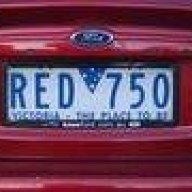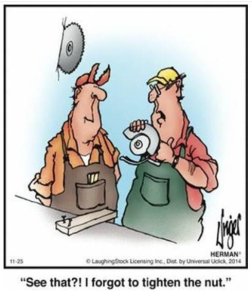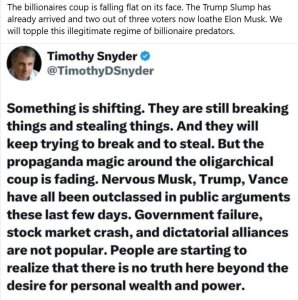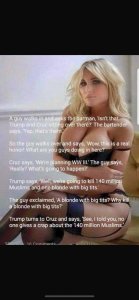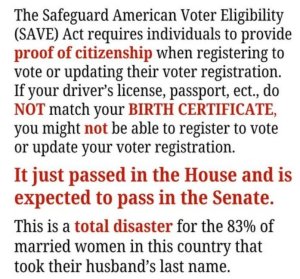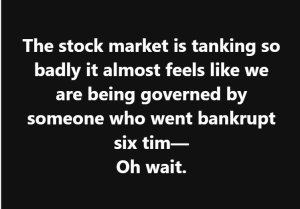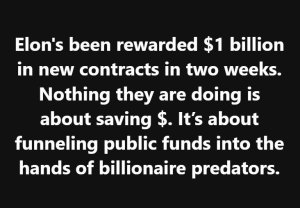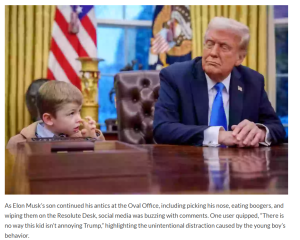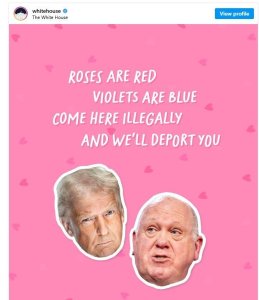I was sent this today.
Trump’s world looks chaotic. It’s not.
CLINTON FERNANDES, SMH, 19 Feb 25.
A month after Donald Trump’s second inauguration and the geopolitical global upheaval that may be unprecedented, one thing is clear: The president is an American sovereigntist, not an isolationist. Once this is understood, Trump’s seemingly wild upturning of the geopolitical order makes sense.
Sovereigntists are illiberal internationalists. They came of age after World War I, preventing the US from joining the League of Nations (predecessor of the United Nations). At the time, American sovereigntists regarded the league as a stalking horse for global governance, anti-colonial independence movements, black internationalists, left-wing political movements and liberal Christians.
Today’s sovereigntists aim to weaken non-Western international associations that seek a more democratic international order. They make common cause with similar forces; Giorgia Meloni of Italy and Hungary’s Viktor Orban, for example. Their aim is an illiberal international geopolitical order where domestic political systems resemble ‘‘competitive authoritarianism’’ – multi-party elections embedded in a rigged legal and political environment. Under this model, the media and machinery of government are used to attack opponents and co-opt critics.
Trump wants the US, not China, to write the technical standards of the global economy. Control over these standards creates lock-in effects in finance, telecommunications, space, robotics, bioengineering, nanotechnologies, and advanced materials and manufacturing methods. That means fullspectrum rivalry with China. If economic control is not possible, the plan B goal is global economic separation from China. For Trump to achieve these goals, there are three key frontlines: Eastern Europe, Middle East and Taiwan.
Trump pushes for a Europe that is divided, subordinate to the US, and geopolitically inconsequential. He has long wanted to prevent the economic integration of the vast Eurasian continent, whether by Russian energy flows or China’s Belt and Road network. The economic centre of gravity in Europe is ‘‘Greater Germany’’ – an economic zone of 200 million people in interdependent economies. Austria, Switzerland, Belgium and the Netherlands are the western flank and Hungary, Poland, Slovenia and the Czech and Slovak Republics on the eastern flank. A successful Greater Germany would have connected Russia’s energy exports with the Chinese economy at the other end of a Eurasian continental front. Instead, it is now reliant on US tankers for energy.
In his first term, Trump tried to weaken the EU by supporting Brexit and other Eurosceptic forces. He ordered a US troop cut in Germany while strengthening co-operation with Europe’s so-called frontier states – the Baltic states, Romania, Poland, Georgia and Ukraine.
Over the weekend, Vice President J.D. Vance waded into European nationalist politics, in ‘‘an attempt to export MAGA to Europe’’, as The Washington Post observed. He urged Europe’s centrist leaders to give way to anti-migration, nationalist voices, who are also sovereigntists in their own way. He said Europe needs to spend more on defence – not to gain strategic independence, but ‘‘so the United States can focus on some of our challenges in East Asia’’. That means Vance, and by extension Trump, wants to focus on China, without diverting military resources to the European theatre.
The second frontline is the Middle East, where Israel’s military strength remains vital to US strategy. Israel’s proficiency in surveillance technology can help friendlier Arab regimes stay in power by improving their ability to monitor and control their populations. In times of crisis, the US gets veto power over who can access Middle Eastern oil and on what terms: energy-rich Arab monarchies can restrict China’s access to energy supplies if the US wishes to coerce it. Their wealth can combine with Israel’s industries to create a pro-US power centre. That was the objective behind the Trump-driven Abraham Accords – the treaties signed in 2020 by Israel, the United Arab Emirates and Bahrain.
An important intelligence leak in October 2024 confirmed US knowledge of Israel’s nuclear weapons. Blocking Iran’s nuclear development while permitting Israel’s isn’t double standards, but geopolitics. Israel’s muscle, including its nuclear weapons, can deter Iran’s challenge to the Arab monarchies. US legislation mandates the preservation of a ‘‘qualitative military edge’’ for Israel; any weapons sales to the Middle East require certification by the US Defence Security Co-operation Agency that ‘‘[the] proposed sale will not alter the basic military balance in the region’’. Israel gets first access to US defence technology in the region. Israel relies on the US for its power but fights in its interests to ensure a pro-US Middle East. The two countries’ interests have a strategic convergence.
The third frontline is Taiwan, which US army general Douglas MacArthur described in 1950 as ‘‘an unsinkable aircraft carrier and submarine tender’’. At the edge of mainland China’s continental shelf, China cannot reach the western Pacific Ocean without going through the Miyako Strait north of Taiwan, or through the Luzon Strait south of Taiwan. Both are within range of US forces in Japan and Philippines, respectively. Chinese submarines must transit shallow coastal waters before entering the deep ocean basin on the other side. Undersea sensors at key choke points allow the US to detect, track and follow Chinese submarines as they leave their bases, and sink them if ordered to do so in a crisis. According to Australia’s defence policy, that part of the world is designed to demonstrate its relevance to US goals.
Trump’s shifting of the geopolitical tectonic plates may seem chaotic, but it’s not – only his style is, along with what appears to be petty score-settling and renaming of places. A shrewd geopolitical calculus is at work. He remains an American sovereigntist. The challenge for Australian policy planners, who perhaps previously mischaracterised him as an isolationist, is how to remain on the winning side of the global confrontation between a US-led West and an increasingly dissatisfied rest of the world, to whom China’s outreach may seem enticing.
Professor Clinton Fernandes is part of UNSW’s Future Operations Research Group which assesses military threats, risks and opportunities. He is a former Australian Army intelligence officer.


